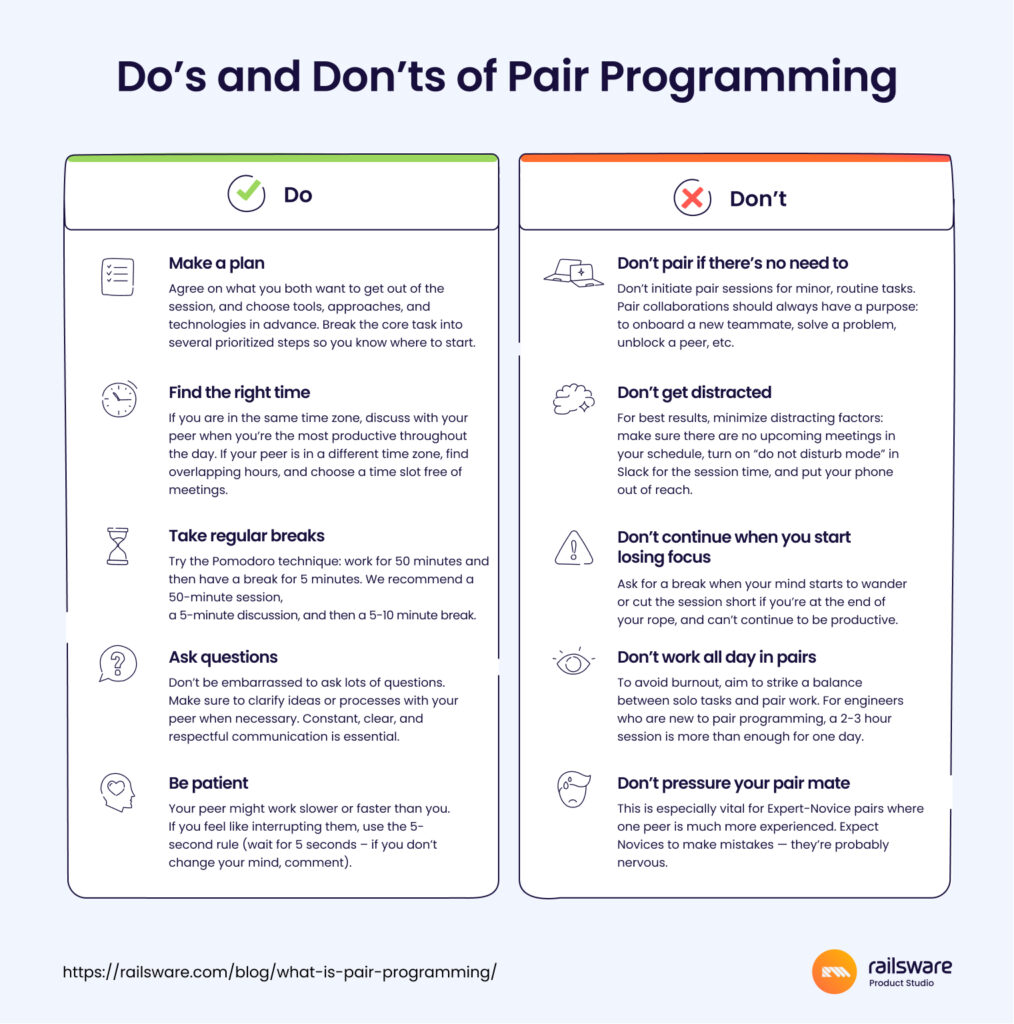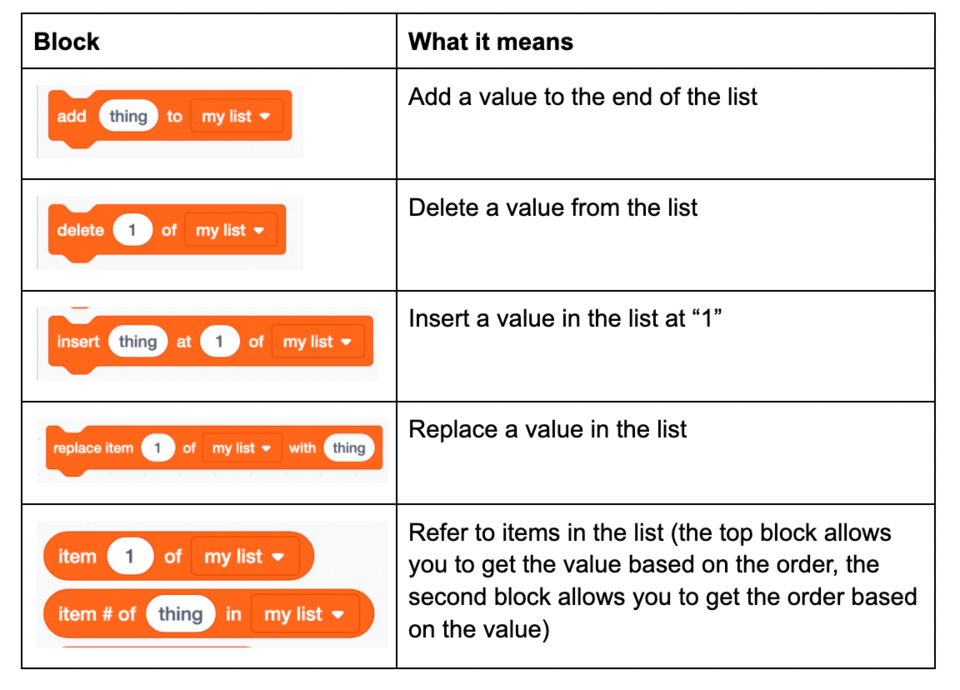
Pair Programming Mastery Essential Tips and Tricks

Master Pair Programming: Expert Tips for Success
Pair programming has become a popular practice among developers, and for good reason. It fosters collaboration, enhances code quality, and accelerates learning. However, mastering pair programming requires more than just sitting down with a partner and coding together. In this article, we’ll delve into expert tips to help you excel in pair programming sessions and achieve success.
Understanding the Basics of Pair Programming
Before diving into the tips, let’s briefly review the fundamentals of pair programming. In pair programming, two developers work together at a single workstation, with one actively typing (the driver) and the other providing guidance and feedback (the navigator). This dynamic duo approach allows for real-time collaboration and continuous code review, leading to better solutions and fewer errors.
Establish Effective Communication
Effective communication is crucial for successful pair programming. Clear and concise verbal communication helps ensure that both partners understand the problem at hand, the proposed solution, and each other’s contributions. Additionally, active listening is equally important, as it allows each partner to fully grasp the other’s ideas and concerns.
Set Clear Goals and Expectations
Before starting a pair programming session, it’s essential to establish clear goals and expectations. Determine what you aim to accomplish during the session, whether it’s solving a specific coding challenge, implementing a new feature, or debugging existing code. Setting expectations upfront helps keep the session focused and productive.
Rotate Roles Regularly
To maintain balance and prevent burnout, it’s advisable to rotate roles regularly during pair programming sessions. Switching between the driver and navigator roles allows both partners to contribute actively and stay engaged. It also promotes knowledge sharing and skill development, as each partner gains experience in both roles.
Practice Patience and Empathy
Pair programming can be challenging, especially when partners have different coding styles or levels of experience. In such situations, practicing patience and empathy is key. Be open to feedback, respect your partner’s ideas and perspectives, and strive to find common ground. Remember, pair programming is a collaborative effort aimed at achieving a shared goal.
Utilize Tools and Resources
There are various tools and resources available to facilitate pair programming, ranging from integrated development environments (IDEs) with built-in collaboration features to screen-sharing platforms and code review tools. Experiment with different tools to find the ones that best suit your workflow and preferences.
Take Breaks When Needed
Pair programming sessions can be mentally taxing, especially during lengthy or intense coding sessions. It’s essential to listen to your body and mind and take breaks when needed. Stepping away from the computer for a few minutes to stretch, hydrate, or simply clear your mind can help prevent fatigue and maintain focus.
Seek Continuous Feedback
Feedback is essential for growth and improvement in pair programming. Encourage open and honest feedback from your partner throughout the session, whether it’s about coding techniques, communication style, or overall collaboration. Use feedback as an opportunity to learn and refine your skills.
Reflect on Your Experience
After each pair programming session, take







